The Environment and the Solutions
A Lesson From a Trip to New York City
Litter in front of workplace
October 21, 2022
I went to New York City in the summer of 2022 and witnessed the abuse of our planet. I was staying in the nicest part of New York, also known as Manhattan, but still found myself walking down stinky, trash-filled streets. My expectation for this trip was not at all what I encountered. Black trash bags were piled up so high you could barely see the cars driving past, there was old food, human feces, old cigarettes, and so much more waste lying around like it was nothing.
Although I don’t live in New York City, I do live in a community filled with people who have been and are oblivious to their negative impacts. Littering, throwing trash in recycling bins, blasting smoke out of trucks, and overfishing are all small things this community has been doing wrong. Stevens Point may one day look like New York City, but this community has the resources to fix our past mistakes. Let’s take that opportunity and work for a healthier, and safer environment. Why don’t we take that opportunity and work for a better tomorrow?
Over the past few years, Stevens Point has added more negative environmental changes to the area than positive, especially littering. Littering is so easy, yet so harmful. The Environmental SPASH teacher, Mr. Sweson shared with me that he sees trash lying around every time he walks outside. He has his students write in journals about what they notice outside for his class, and his students write about seeing garbage every time they do this activity. My peers have also noticed this, according to Jayley Slaton she sees garbage lying right next to her apartment, sometimes even on the way to work. Jayley even gave me specific examples of where she sees trash the most. Downton, Highway 10, I-39, and her apartments near UWSP were all part of her list. This was interesting to me because Jayley Slaton and other students such as Carson Eggers admitted to me they have littered several times in the past, yet they both still said they see trash everywhere. It feels that the students have not noticed the more important changes in our environment, but they have noticed how their actions have added to the negative changes.
Many people think environmental issues only affect the people who are interested in the environment, but what if I told you future generations might not be able to participate in common fun activities? According to Wisconsin.Gov, “Those climate effects can limit camping, hiking, fishing, boating, hunting, sightseeing, and other opportunities that typically draw people from around the world.” The normal day-to-day life would be crushed!
Thinking more into the future, we also need to consider our resources, specifically water quality. According to Wisconsin.Gov, “This runoff could increase impacts to water quality and harm fish, plants, wildlife, livestock, and people.” “Runoff” refers to the draining of water which according to SPASH teacher Mr. Sweson has already occurred to Mcdill Pond and Springfield Pond. Now although the original quote plays parts in global warming and this example is minor, it is still a sad start.
This soon-to-be irreversible path can still be helped. There are very small changes this community can make to better their lives for generations to come. For example, the community could put in place more recycling bins, and trash cans, introduce the topic at a younger age, add more biodegradable items, decrease the amount of styrofoam, and purchase food from more local sources. These are all changes our community can make, so why wait?
After coming back from my New York trip, I took a good look around at our community and the negative impacts there have been. My worst fear is for this community to slowly lose interest in the environment like New York’s citizens have. Spreading the word is the most important step, and that is actually what I’m trying to do!

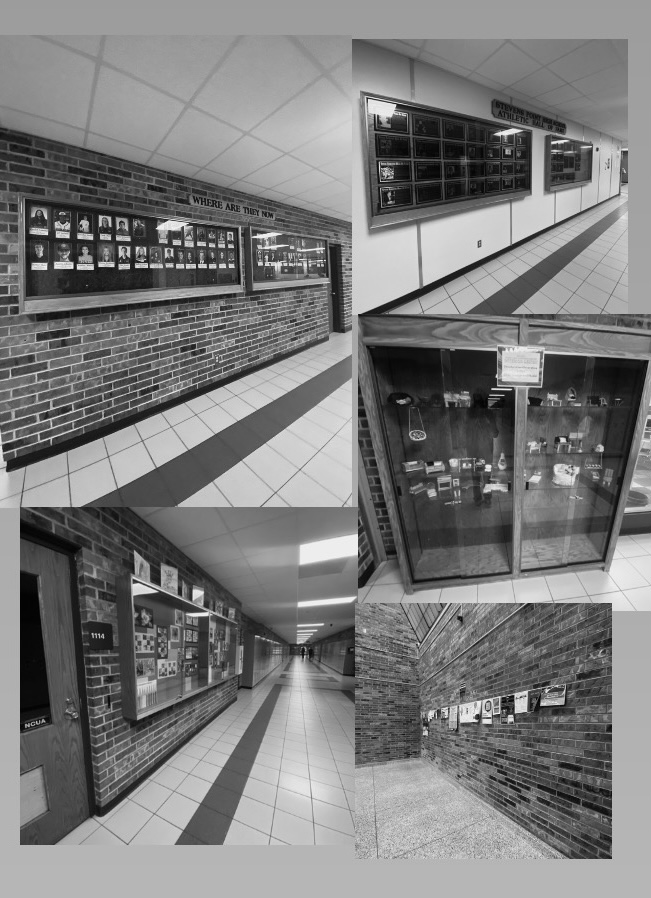
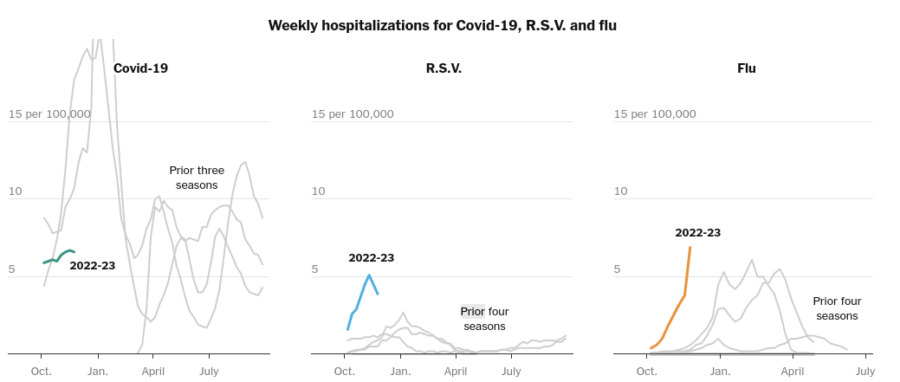
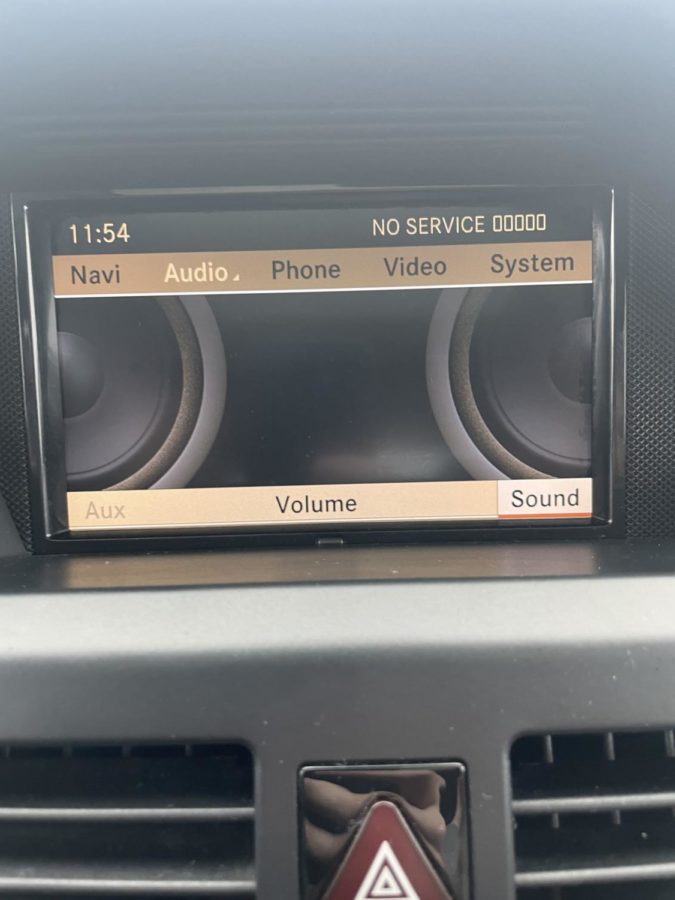
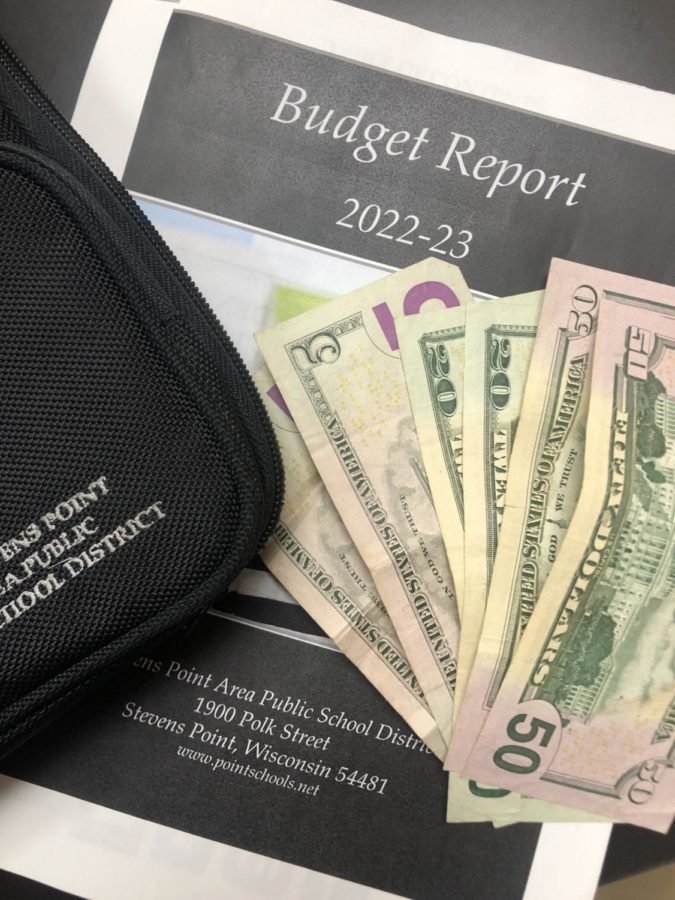
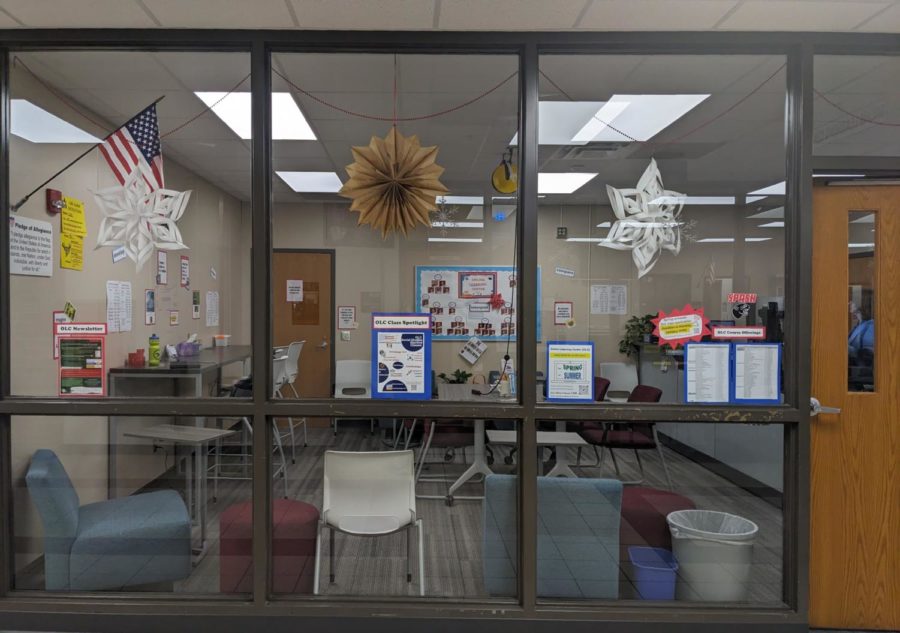
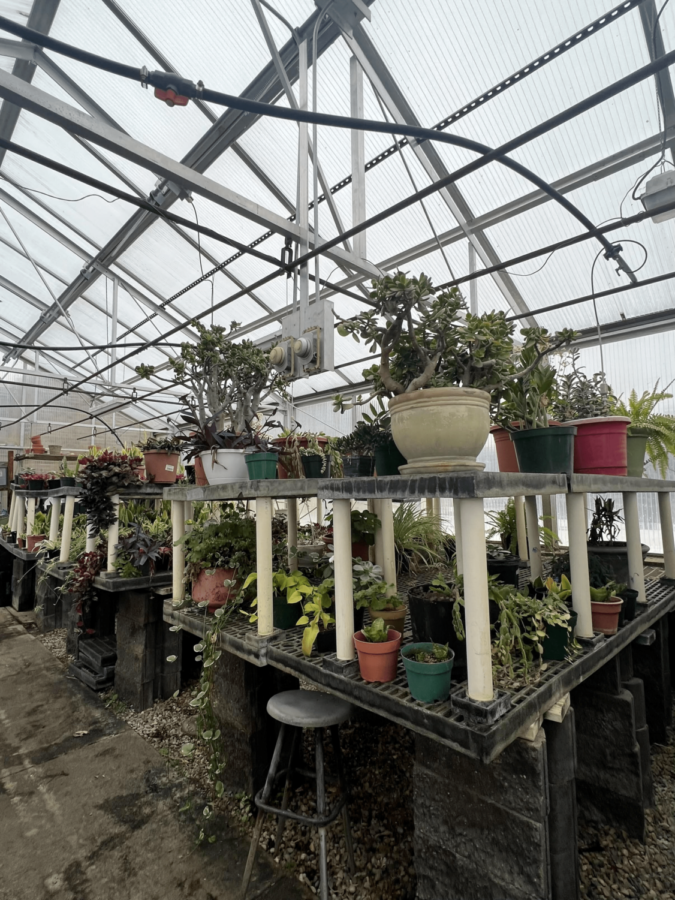

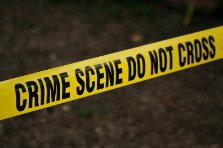
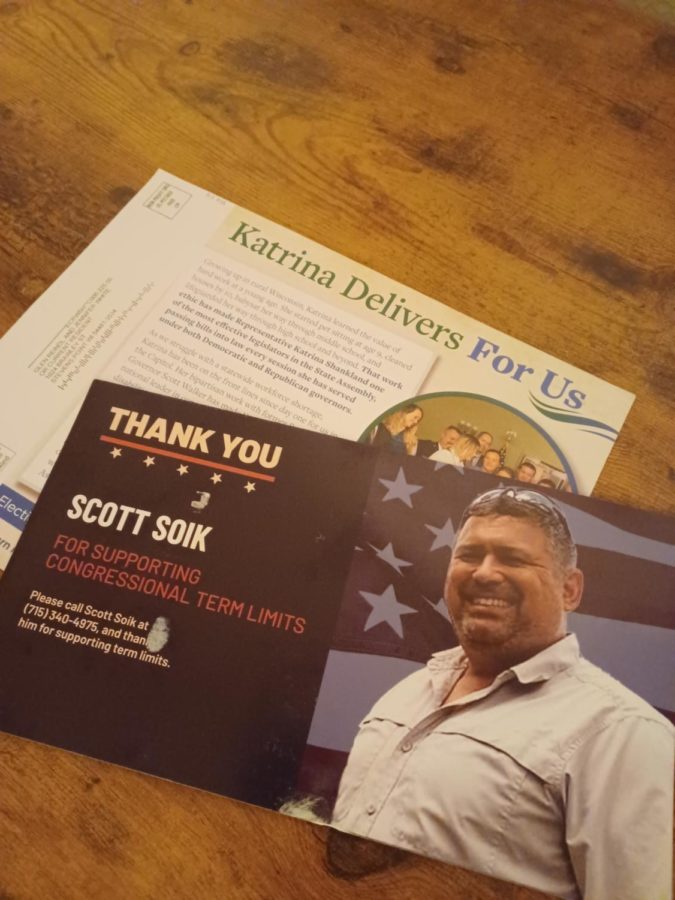
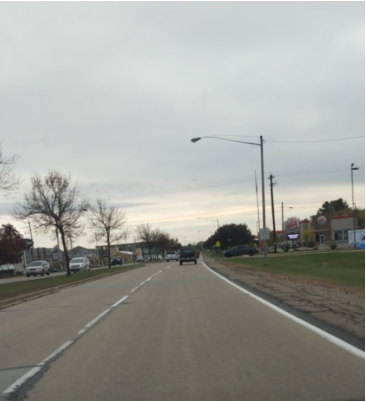
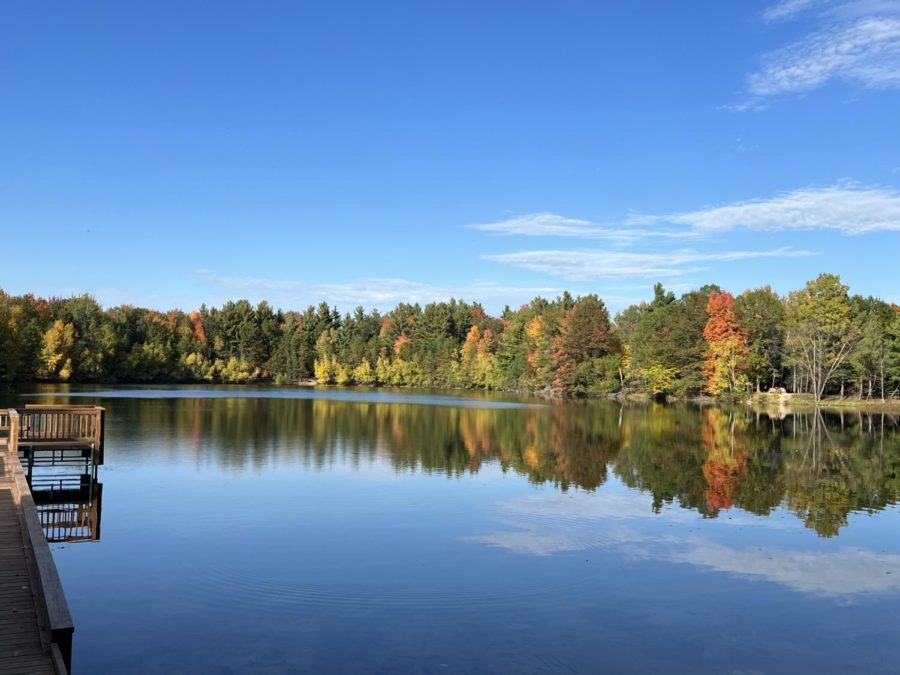

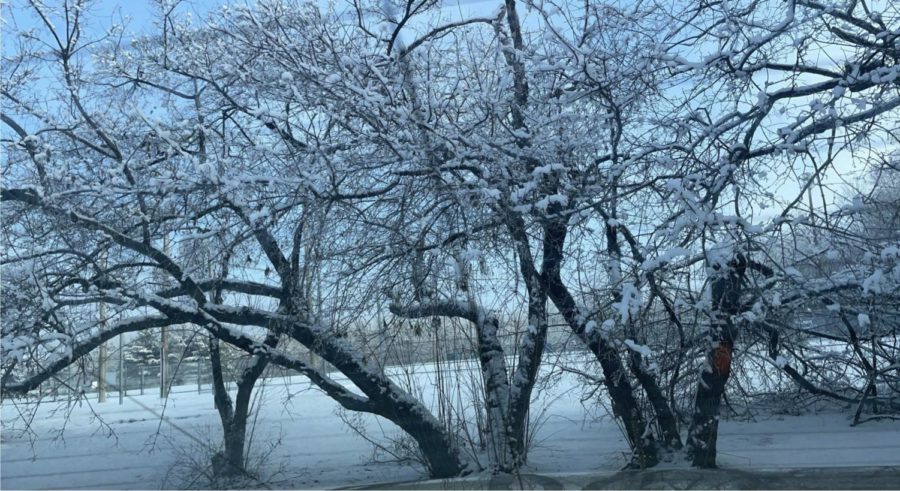
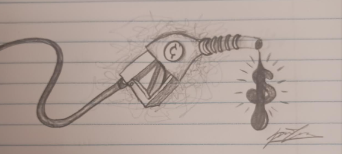
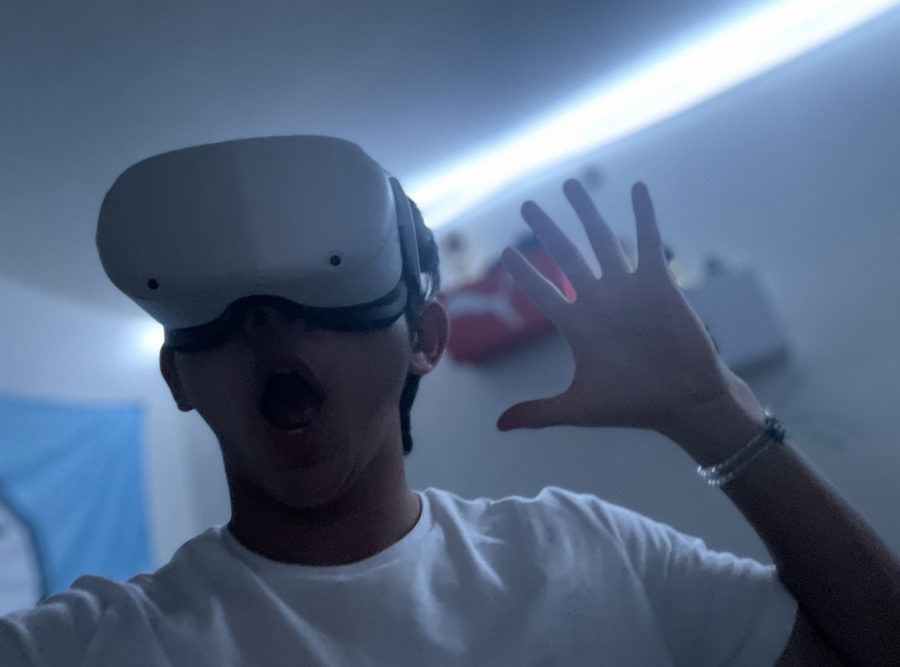

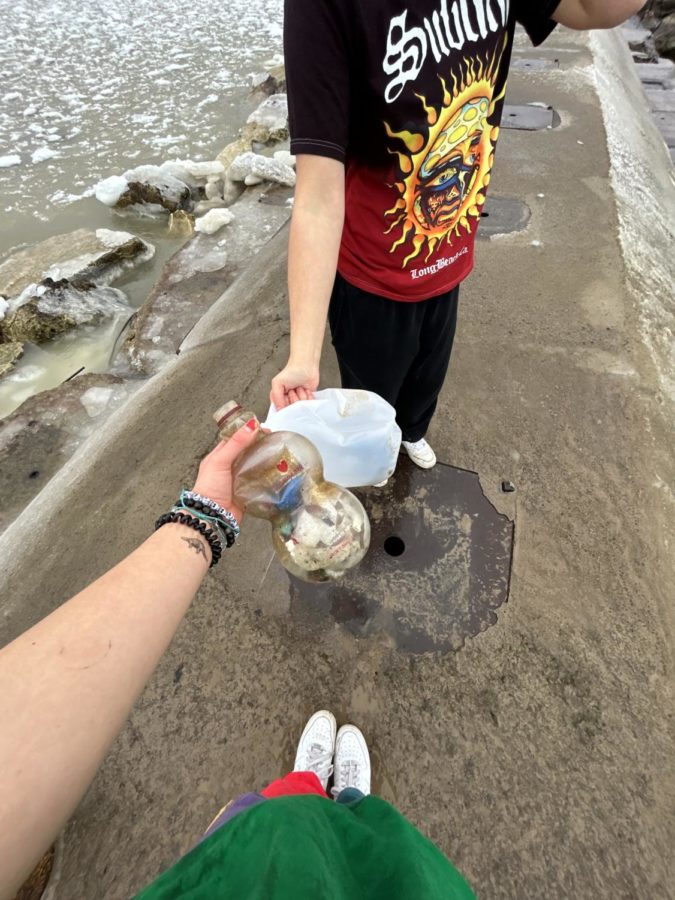


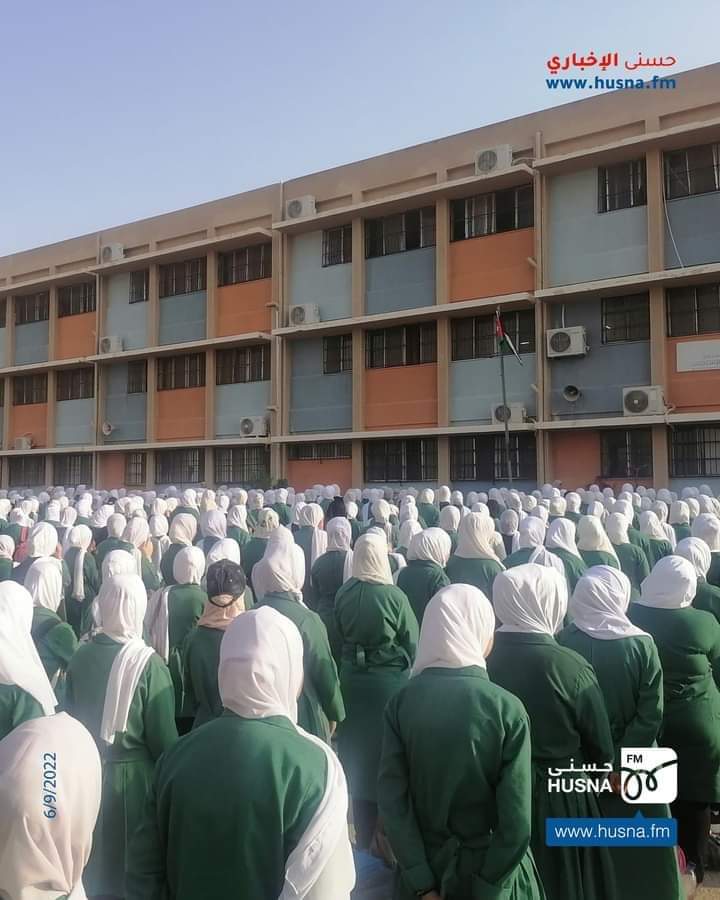

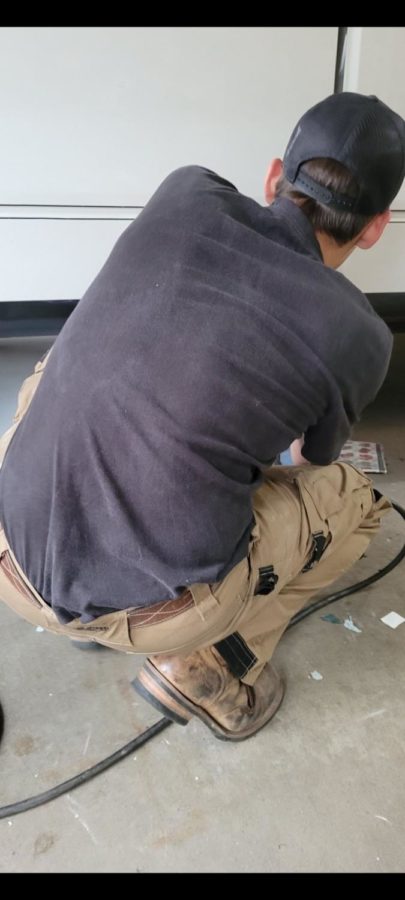

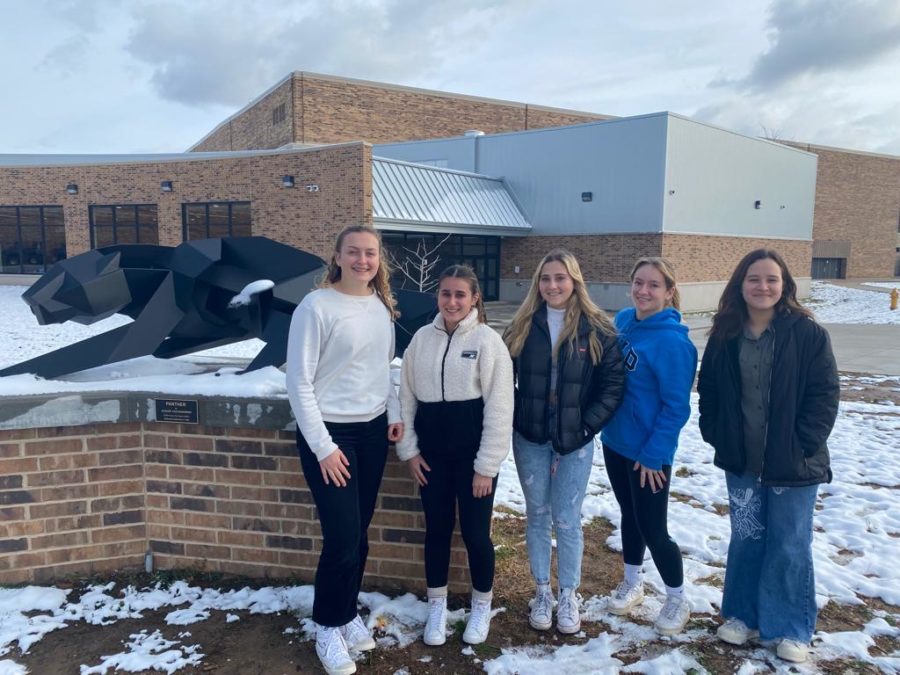

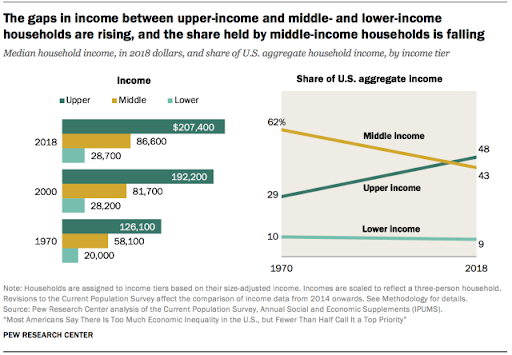
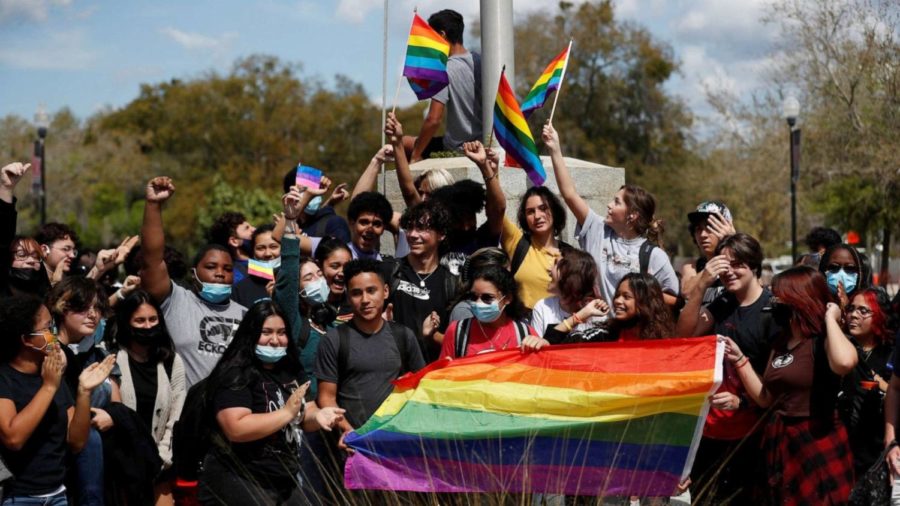

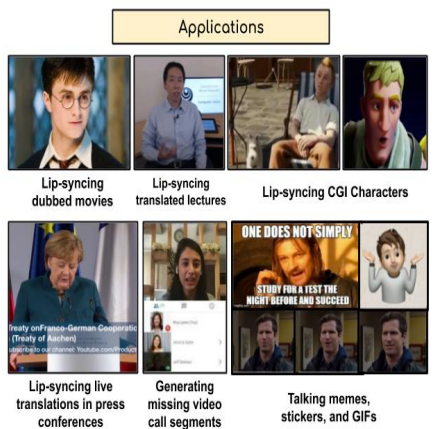
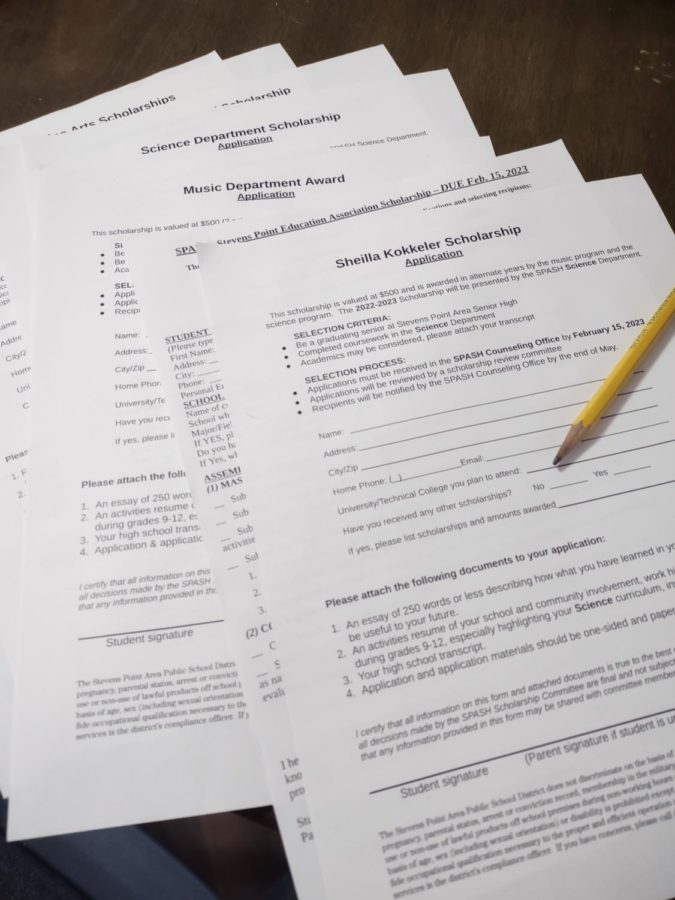

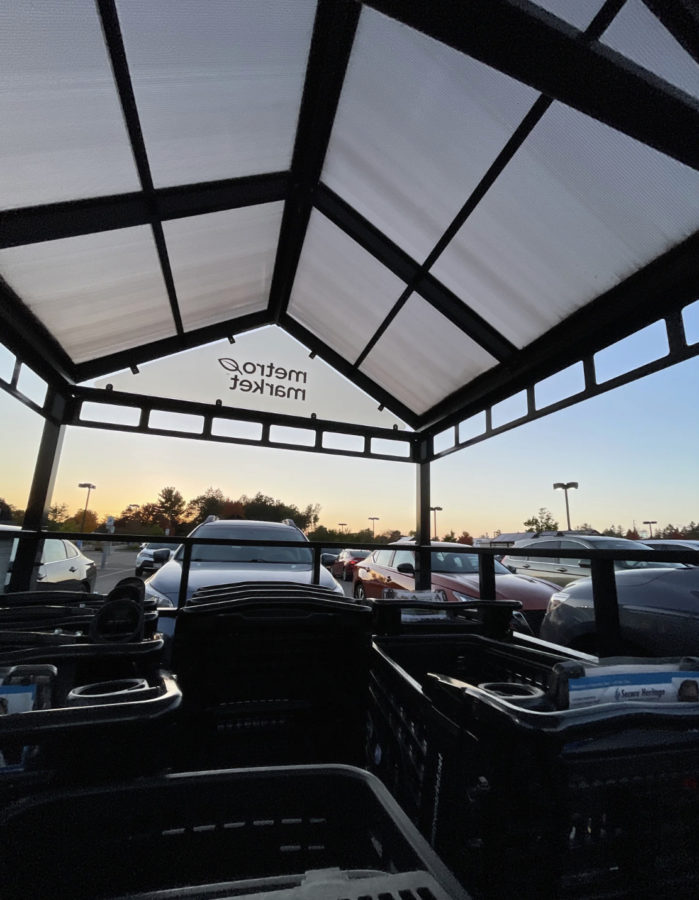

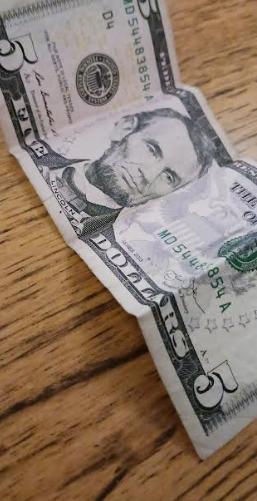
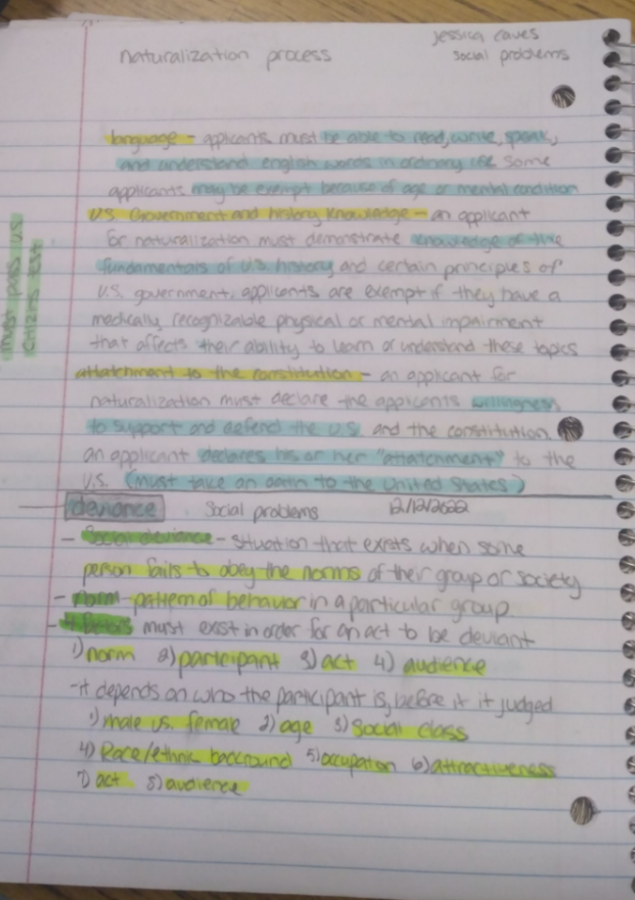
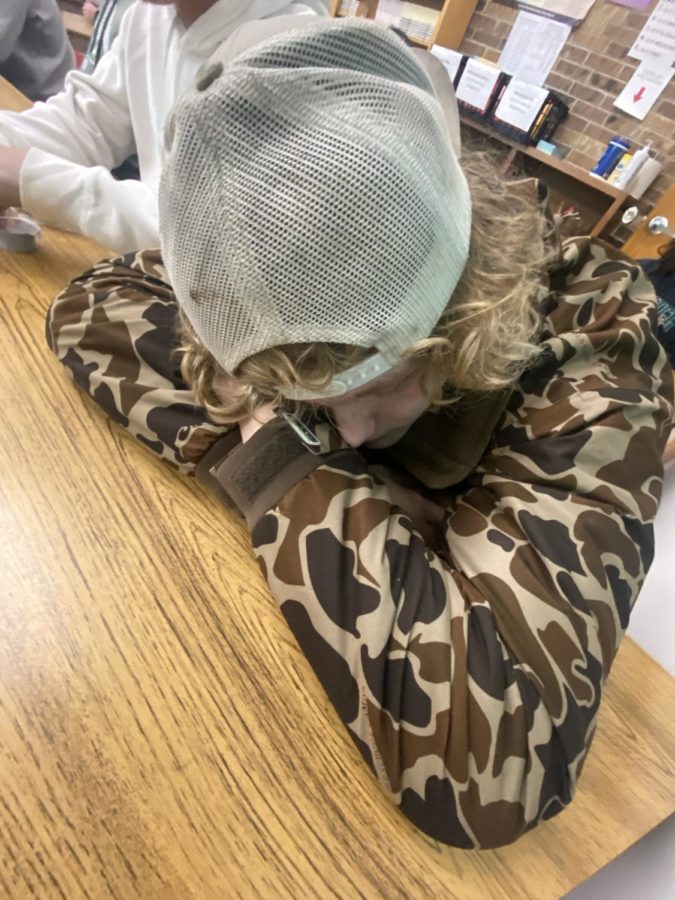
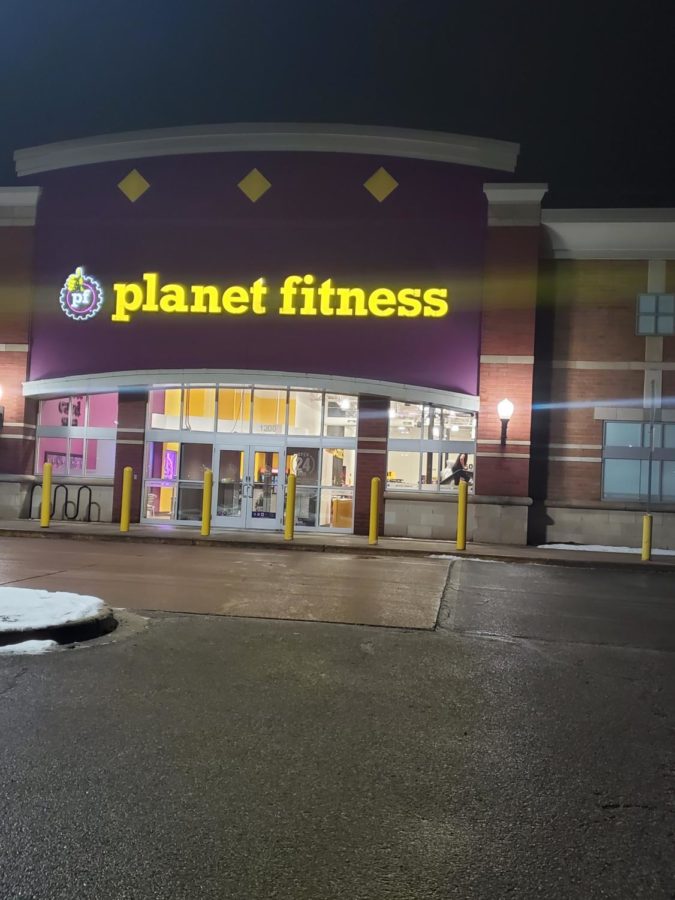
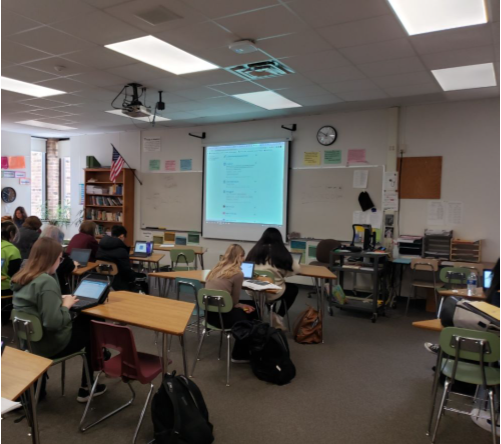
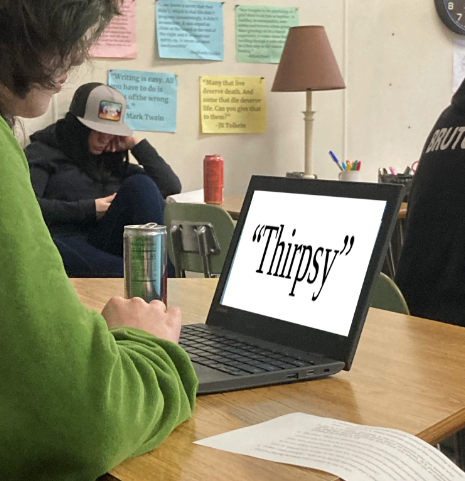


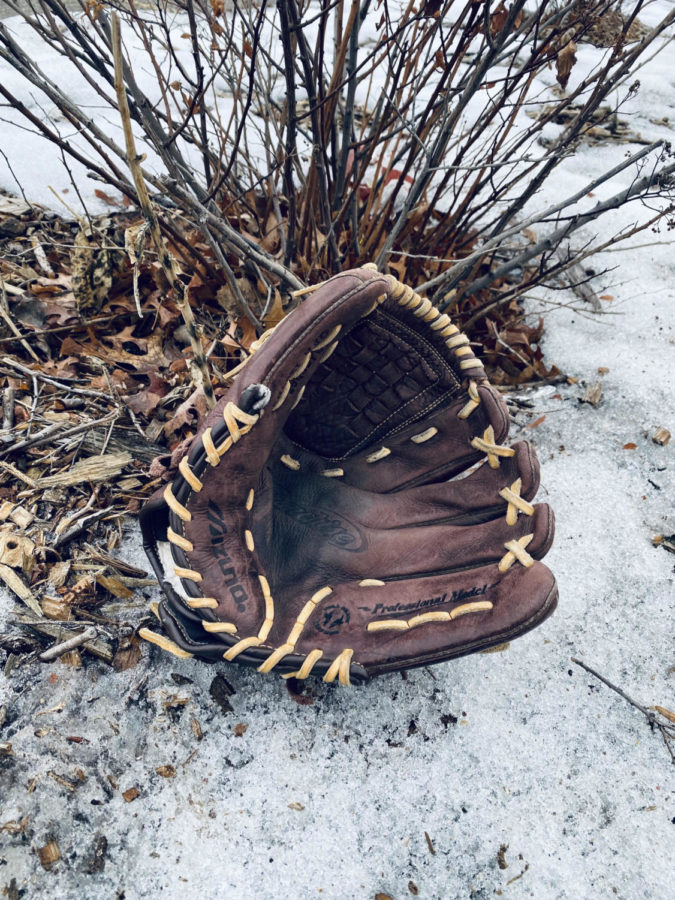

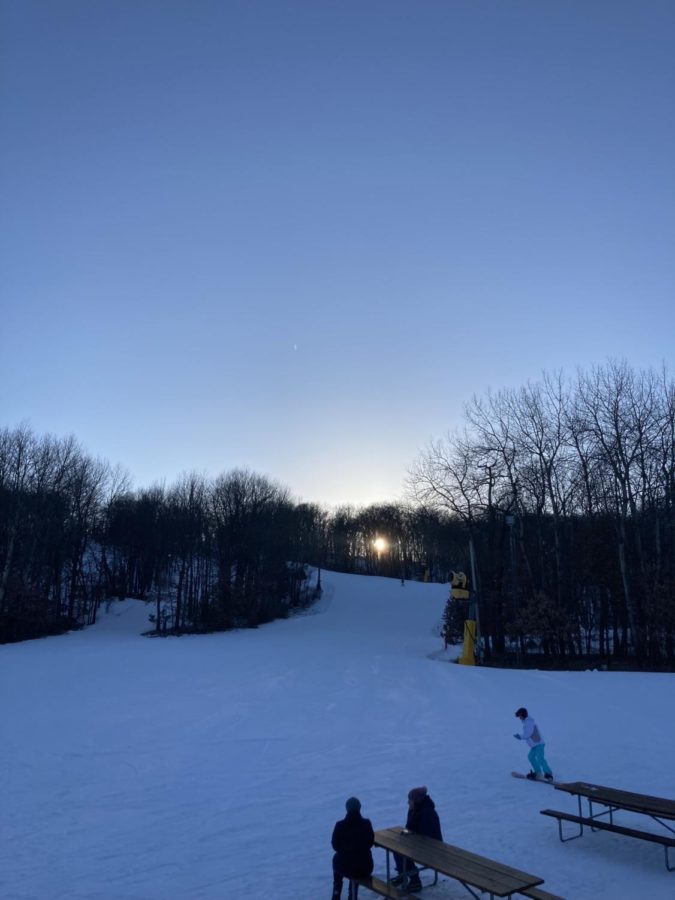
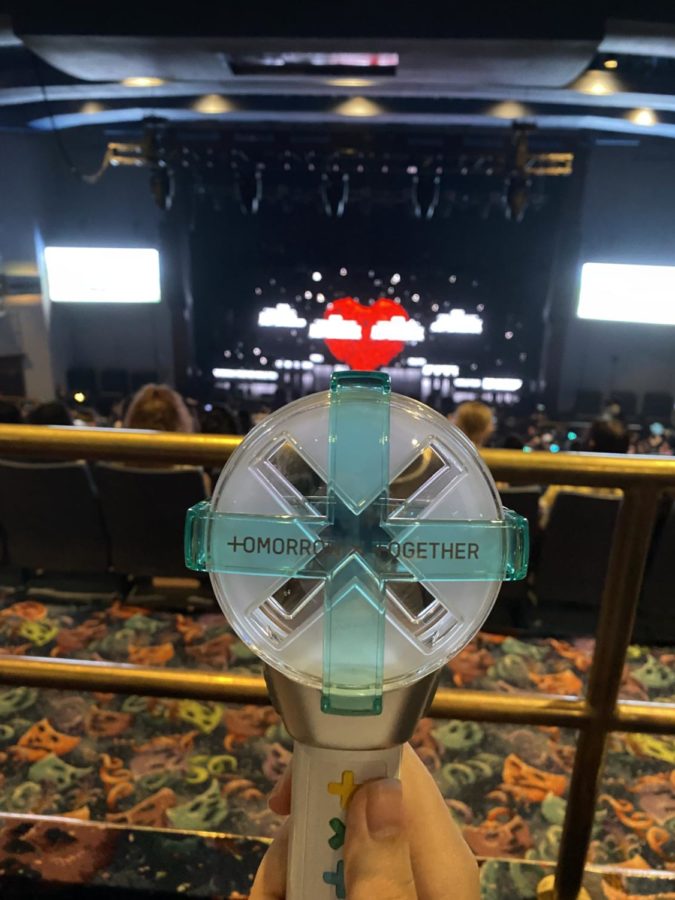

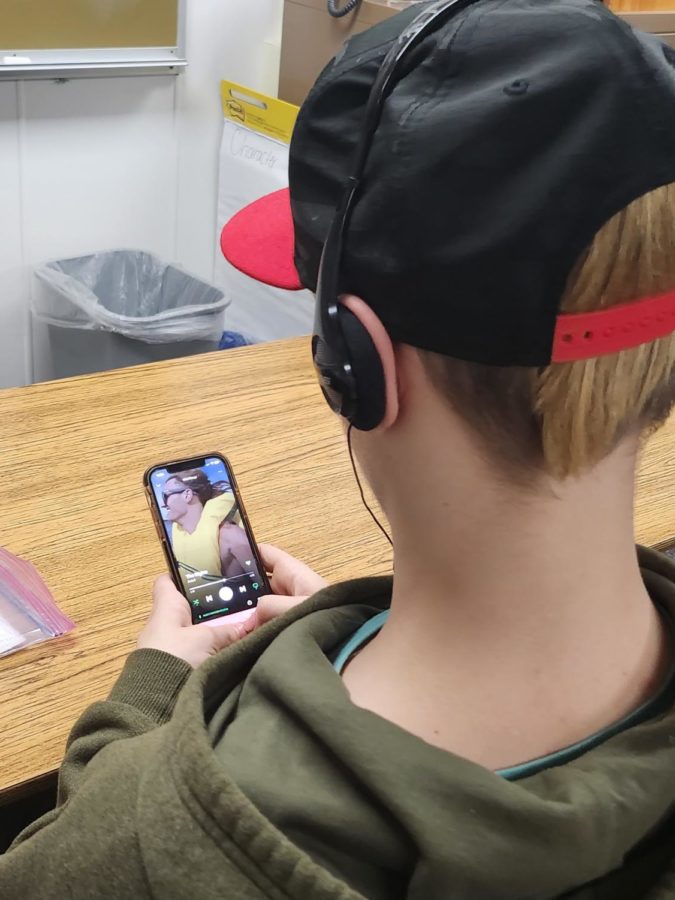
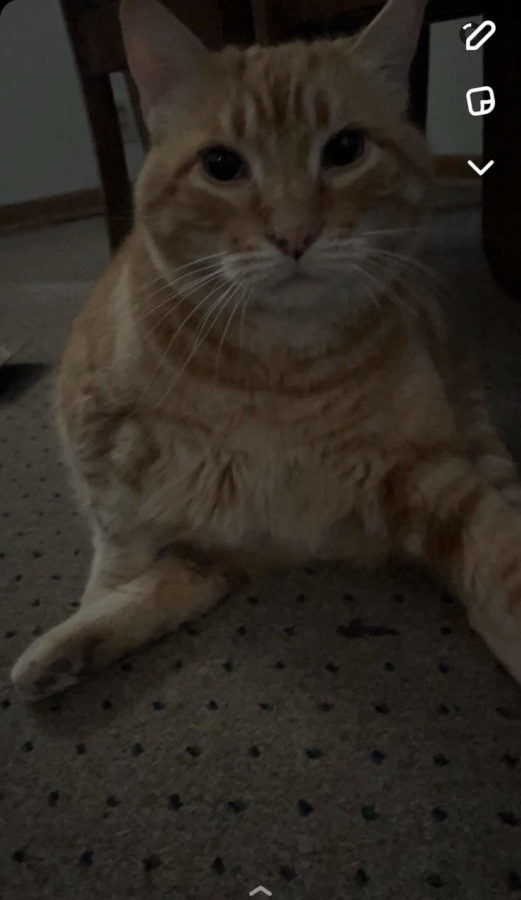
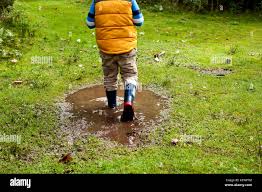




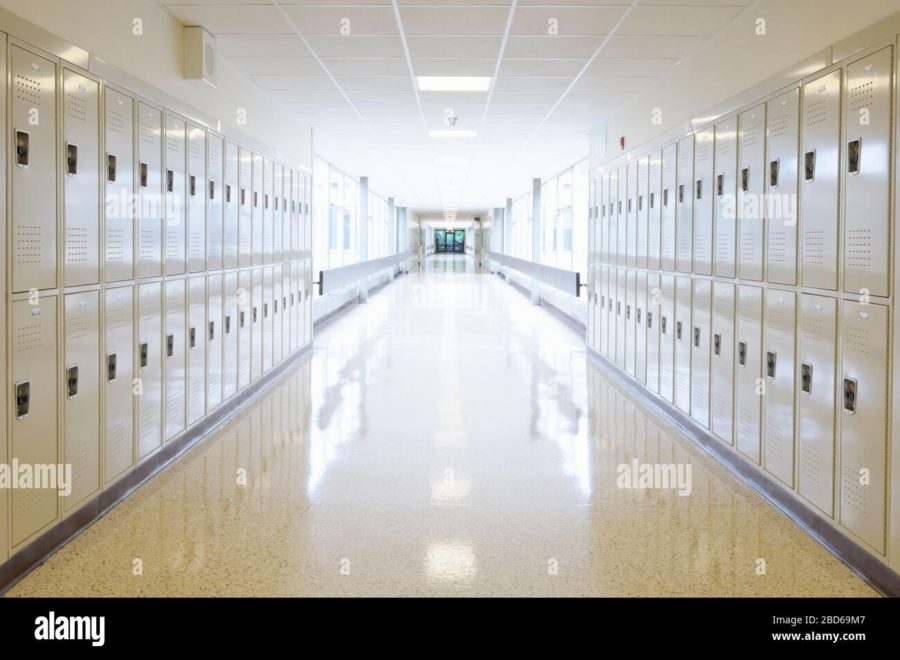
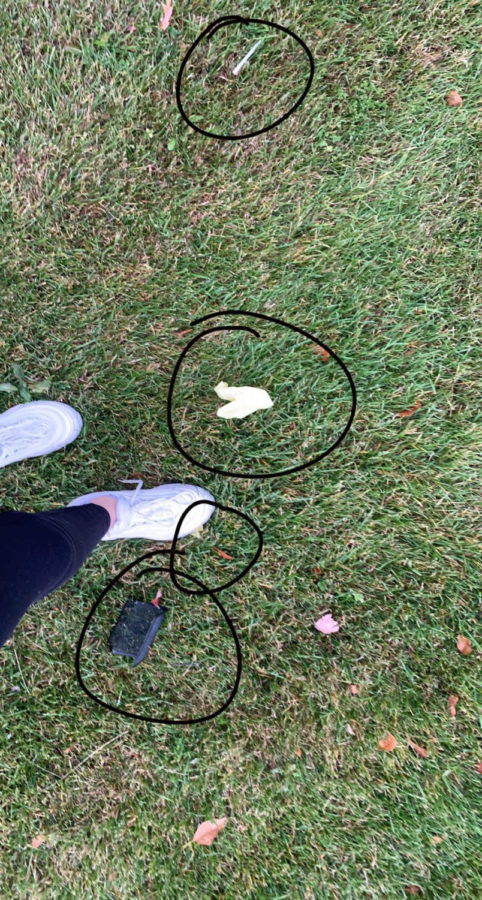
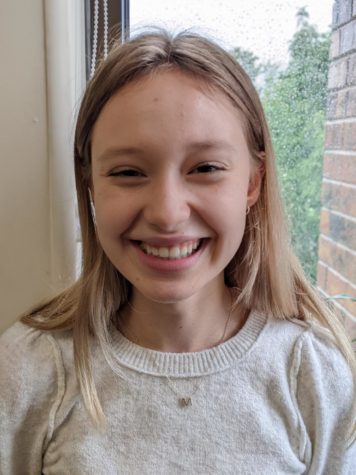
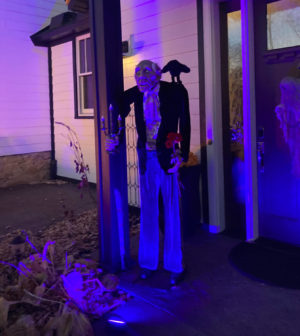


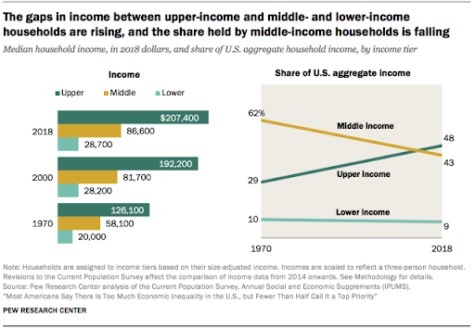
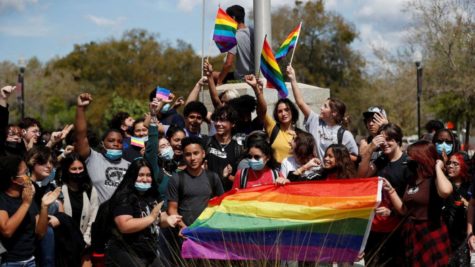
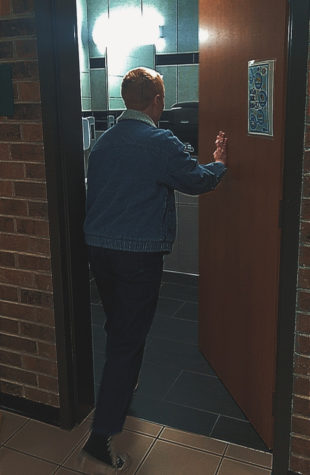
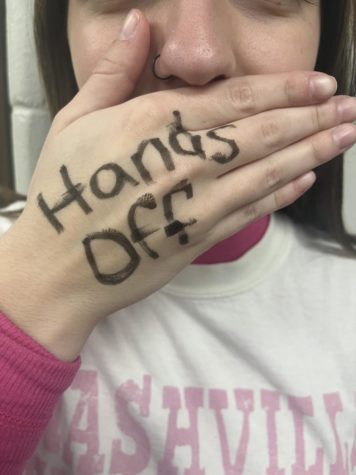
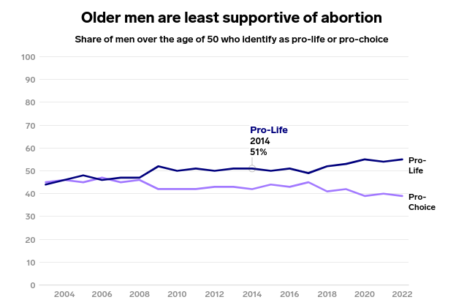
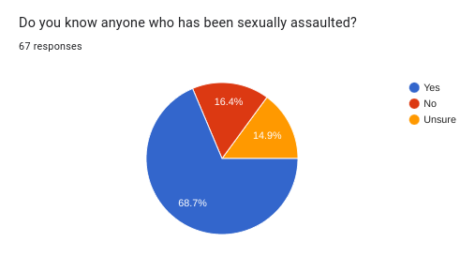
Carson Eggers • Nov 2, 2022 at 12:43 PM
Annina, I love how this is a personal story that relates to a personal experience that you were able to experience yourself in real-time and you were able to identify the constant problems that diminish the status of our environments. Another thing I liked about your article is that you stated that although you went to the nicest part of New York, there was still inevitable trash that littered the streets “like it was nothing.”
Brooke Cherek • Oct 24, 2022 at 12:29 PM
Annina, I think your introduction is great in the way that it connects to your topic and provides an extreme example of what littering can look like. You also have many different perspectives on littering in the community from teachers, students, and the experts at Wisconsin.gov. I liked the personal connection I felt as a reader, and I will think more about what I do in the future to prevent environmental harm in Stevens Point.